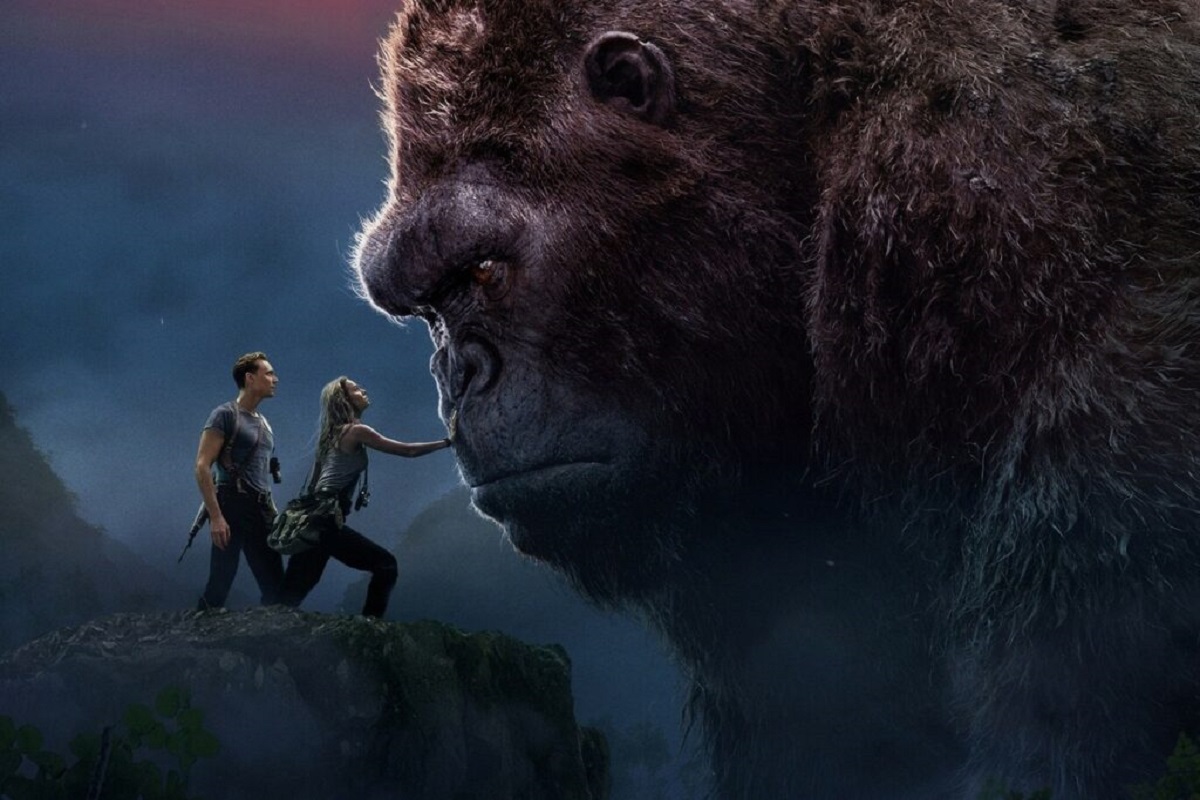In the past, people lacked the advanced technology needed to create movies. To bring animals on screen, they had to dress them up. Despite this, many creators had a passion for crafting a world of monsters. However, a significant shift occurred in 2005 with the success of the King Kong movie.

A new era in cinema began with the 2014 Godzilla film, introduced gigantic creatures to the screen. Following this success, a sequel to the Monsterverse was announced.
Movies from the Monsterverse that you should check out include:
1. “Kong: Skull Island” (2017)
2. “Godzilla” (2014)
3. “Godzilla: King of the Monsters” (2019)
4. “Godzilla vs. Kong” (2021)
In the 2014 Godzilla film, the creature depicted was incredibly massive, breaking all previous records. Inspiration for the various monster-like creatures in “Kong: Skull Island” was drawn from the 1997 Japanese animated movie “Princess Mononoke.” Interestingly, an additional monster, the horned tiger known as the Icarus Tiger, was originally planned for “Kong: Skull Island.”
Initially, “Kong: Skull Island” (2017) was set to take place in 1917, but director Jordan Watt-Roberts wasn’t satisfied with the script. He suggested shifting the timeline to after the US-Vietnam War, resulting in a more compelling story. The movie’s inspiration was drawn from the 1979 film “Apocalypse Now.”
In 1962, there was the first crossover between Godzilla and King Kong. Meanwhile, King Kong’s comic publishers began asserting their rights. This led to a lawsuit in 1975 between Universal Pictures, Dino De Laurentiis Pictures studio, and Marian Cooper. The court eventually declared King Kong a character in the public domain.
The 2014 version of Godzilla adhered to the traditional Japanese portrayal of the creature. The director studied the faces of dogs, bears, and eagles to accurately depict Godzilla’s appearance. He aimed to strike a balance between not making Godzilla too frightening or too appealing.
For the first time, the director added gills to Godzilla’s design, enabling the creature to absorb dissolved oxygen from the water and navigate underwater. The 2014 Godzilla was the largest rendition of the character at the time, standing at 355 feet tall with a tail spanning 550 feet.
Leave a Reply